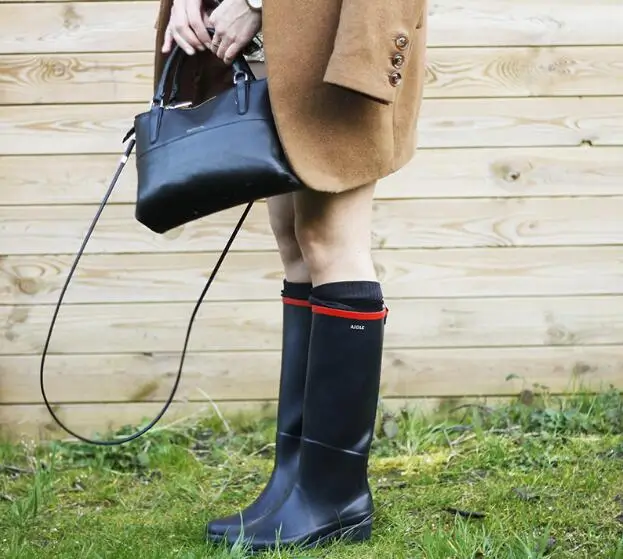High heels have long been more than just a fashion statement. They serve as a mirror to changing trends, social norms, and cultural attitudes throughout history. From their origins to modern-day interpretations, high heels have continuously evolved to reflect the ever-changing nature of fashion.
Origins and Historical Significance
High heels can be traced back to the 10th century, where Persian cavalry soldiers wore heeled shoes to help secure their feet in stirrups. By the 17th century, European aristocracy adopted high heels as a symbol of power, wealth, and status. These shoes were often extravagant, adorned with intricate designs, and worn to court gatherings, further cementing their association with social prestige.
During the reign of Louis XIV in France, this kind of shoe became an essential part of royal attire. The king himself famously wore high-heeled boots to increase his height, symbolizing his authority and dominance. As a result, they became synonymous with nobility. They reinforced the idea that footwear could represent more than just practicality; it could signify one’s social standing.

The Changing Role of High Heels in Fashion
In the 20th century, high-heeled boots took on a new dimension, influenced by the rise of modern fashion. The early 1900s saw the creation of the stiletto heel by Italian designer Salvatore Ferragamo. Later, the iconic designs of Christian Dior emerged in the 1940s and 1950s. These shoes marked a departure from the more practical footwear of previous decades. They ushered in an era where high-heeled boots became a symbol of femininity, allure, and sophistication.
In the 1960s and 1970s, high heels became associated with women’s liberation and empowerment. As more women entered the workforce and gained independence, they saw the women’s high heel as a tool of empowerment, helping them feel more confident and assertive in professional environments. The sharp, pointy stiletto heels also mirrored the bold, dynamic shifts in society.
However, the 1980s brought a shift in the perception of women’s high heels. With the rise of power dressing—fueled by women like Margaret Thatcher and Hillary Clinton—women’s high heels became associated with corporate success and professionalism. They were no longer just for special occasions; they became everyday wear for ambitious women in the workplace.
The Contemporary Evolution of High Heels
In recent decades, the high heel has continued to evolve, balancing between fashion, comfort, and practicality. The late 20th and early 21st centuries saw a diversification of heel heights and styles, from block heels and wedges to kitten heels and platform shoes. These variations allowed for more comfort while maintaining the elevated look that high heels provide.
In recent years, there has been a growing movement toward inclusive and sustainable fashion, prompting many shoe designers to reconsider the traditional high heel. Comfort and functionality are becoming just as important as style, with many contemporary brands now focusing on ergonomics and support. Brands like Clarks, Nike, and even luxury labels have started to create stiletto heels that combine aesthetics with comfort, allowing wearers to move more freely without sacrificing style.
Furthermore, the rise of “athleisure” has also impacted high heel trends. Sneakers and flats have become acceptable footwear for many occasions. They challenge the dominance of high heels in various settings. However, despite this shift toward more casual footwear, stiletto heels remain a staple in formal settings. They are still prevalent at red carpet events and fashion shows.

High Heels as a Symbol of Fashion and Identity
The way high heels are worn and the significance they hold today speak volumes about cultural and social shifts. In the past, they represented power and status. Today, they serve as a tool for self-expression and empowerment. They continue to reflect the complex and changing dynamics of society.
For some, high heels remain an essential part of their identity—signifying confidence, elegance, and sophistication. For others, they represent a challenging and sometimes uncomfortable beauty standard that is increasingly being questioned. Today, many challenge the idea that women must wear pointed shoes to be considered stylish or professional. We are witnessing a rise in the acceptance of flat shoes, sneakers, and other more comfortable alternatives.
Conclusion
High heels have undoubtedly evolved over the centuries, from a functional tool to a powerful fashion statement. They reflect the changes in fashion, gender roles, and societal expectations, serving as a visual representation of the way fashion adapts to the times. High heels remain an iconic part of fashion history. They have been embraced by some as a symbol of empowerment. Others question them as an uncomfortable standard of beauty. Regardless, high heels continue to reflect the dynamic shifts in our cultural landscape.